Blog
-

Stainless steel-Why Are Stainless Steel Castings Magnetic?
The terms “austenitic” and “ferritic” refer to the crystalline structures. Austenitic (300 series) stainless steels, which are the most common, have an austenitic crystalline structure and are softer, ductile, and also nonmagnetic. Ferritic stainless steels, such as 430 and CB-30 grades, are harder, less ductile, and magnetic due to their predominately ferrite makeup. Although ASTM grade CF8M and AISI 316 are both austenitic stainless steels, AISI 316 is nonmagnetic because it is essentially austenite. Cast 316 or CF8M is slightly magnetic, however, because it is not entirely austenite and contains from 5 – 20 percent ferrite. By reducing or eliminating the quantity of ferrite in the chemical composition, wrought material manufacturers are able to make an alloy that is easier to roll into sheets or bars. Cast material manufacturers do not have the same requirements and therefore, can use a slightly harder alloy that contains ferrite.Read more -
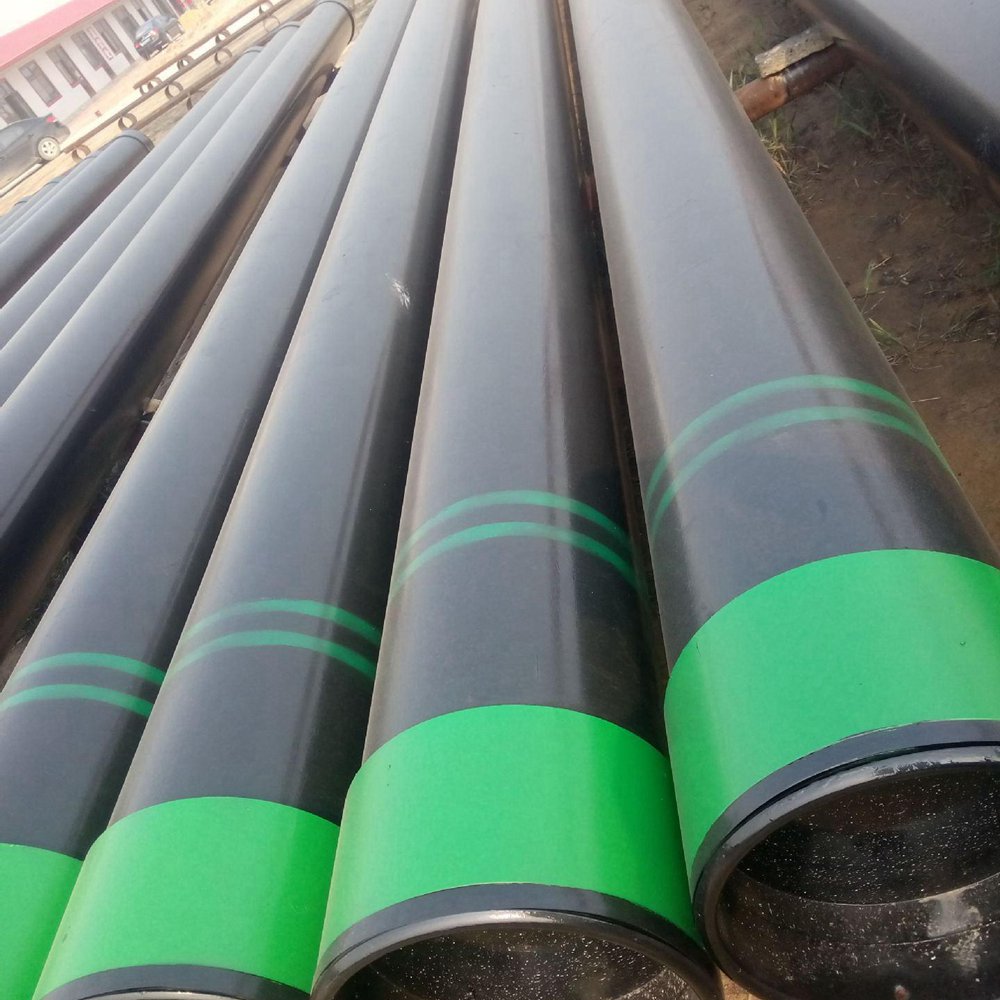
Stainless steel-Why isn't stainless steel magnetic?
Magnetic knife racks might be good for hanging up your knives, just don't try throwing your kitchen sink at one.Although knives and kitchen sinks are both made of stainless steel, they're made of different combinations of alloys so they have different magnetic properties.Stainless steels are alloyed steels, says materials engineer Professor Veena Sahajwalla from the University of New South Wales.As well as containing iron and carbon, like plain carbon steel, they also contain other components which give the stainless steels superior properties for different applications.For example, knives are most likely from the 400 series says Sahajwalla, a family of stainless steels that also contains the metal chromium, which makes the knives more resistant to rust than if they were made out of plain steel.Whereas the kitchen sink is more likely to be from the 300 series. These stainless steels have had both chromium and nickel added, and are easier to form and weld. Some of the 300 series steels also contain molybdenum, which further increases their corrosion resistance, and is why they're often used in marine environments.But unlike other grades of stainless steel, the 300 series is not magnetic.The reasons for this come down to their structure.At the atomic level in a material like iron, which has strong magnetic properties, all the iron atoms are acting as mini magnets aligned in the same direction.So cumulatively they are all adding to the overall magnetisation of the material, this is known as ferromagnetism.But once you start adding other components to the iron, things get a little trickier.Read more -
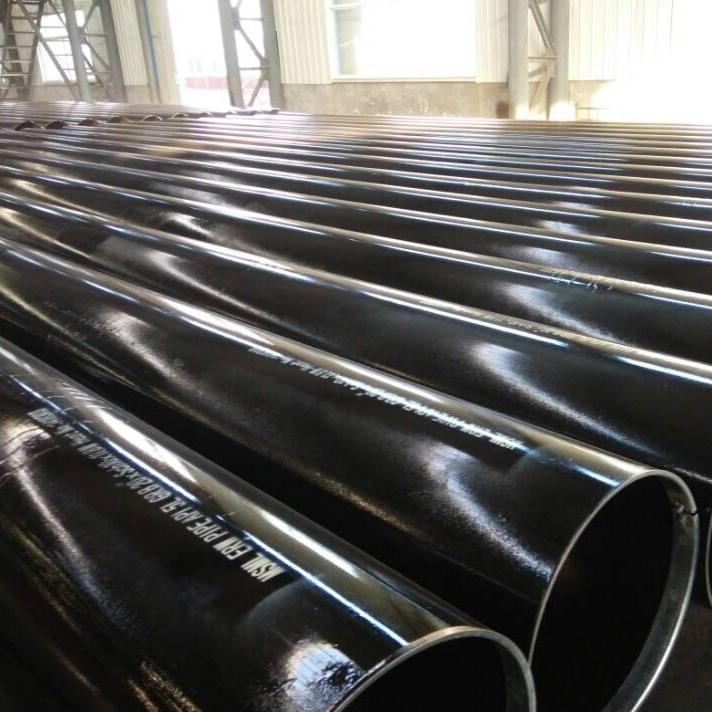
Why Is Stainless Steel Stainless?
In 1913, English metallurgist Harry Brearley, working on a project to improve rifle barrels, accidentally discovered that adding chromium to low carbon steel gives it stain resistant. In addition to iron, carbon, and chromium, modern stainless steel may also contain other elements, such as nickel, niobium, molybdenum, and titanium.Read more -
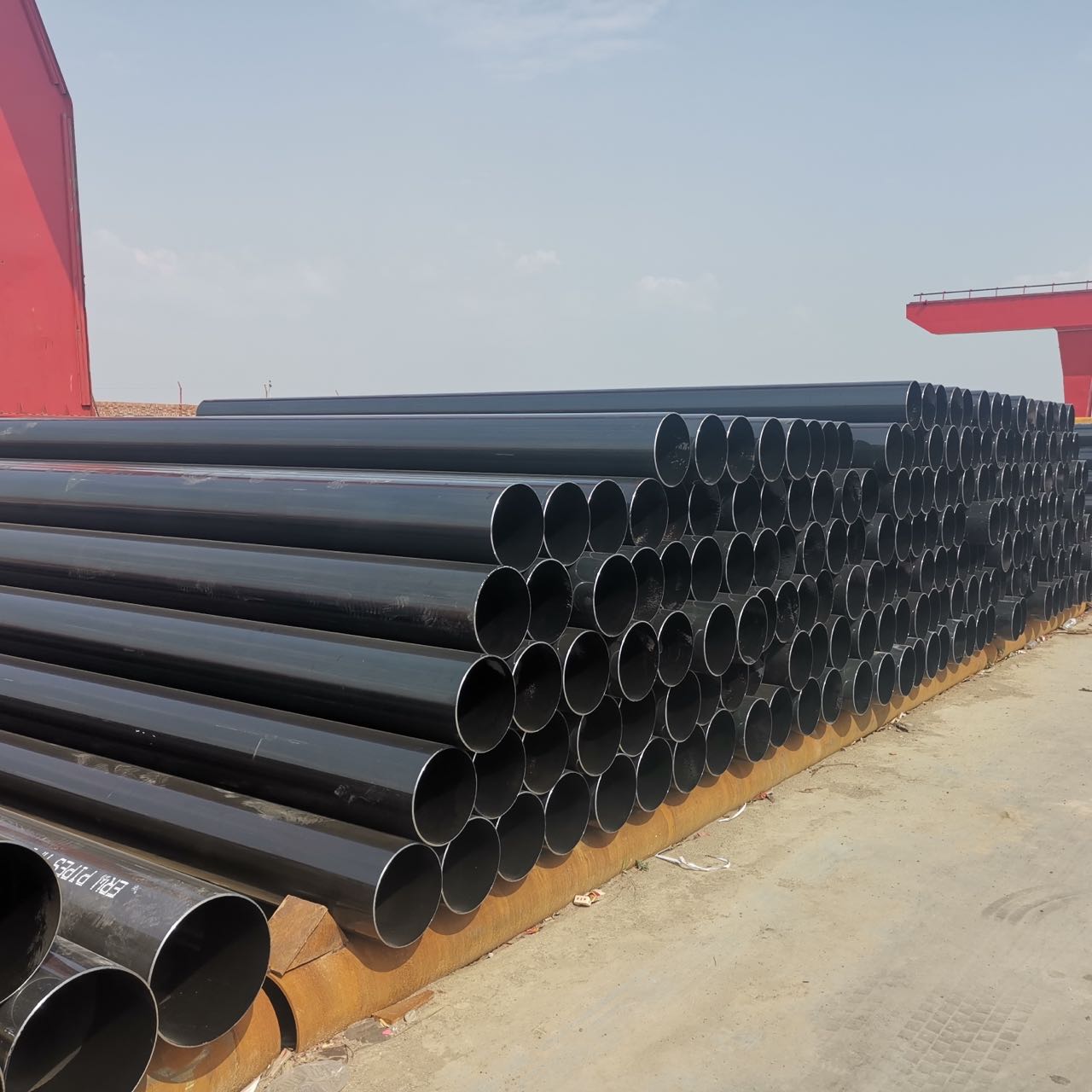
Welded Steel Pipes-History of Stainless Steel
Stainless steel is one of the most important materials in history. Used for structures, tools, decorations, monuments, weapons, food processing, surgical tools, and countless other applications, this metal has become a vital resource for nations all across the country.Read more -

Stainless steel-Why is Stainless Steel Magnetic?
People often use the magnet to absorb stainless steel to verify its pros and cons. If the magnet does not absorb stainless steel, it is non-magnetic, which is considered to be good, and the price is genuine. If it is adsorbed, it is magnetic and is considered to be a counterfeit. In fact, this is an extremely one-sided, unrealistic method of identification.There are many types of stainless steel, which can be divided into several categories according to the organizational structure at room temperature:Austenitic type: such as SUS304, SUS321, SUS316, SUS310, etc.;Martensite or ferrite type: such as SUS430, SUS420, SUS410, etc.;The austenite type is non-magnetic or weakly magnetic, and martensite or ferrite is magnetic.Read more -
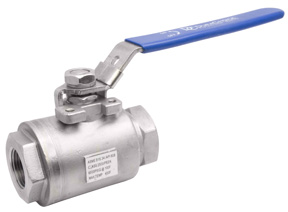
Stainless steel-Is Stainless Steel 316 Magnetic?
PUBLISHED BY: DIRECTMATERIAL, 3/29/2019 12:45 PM TODAY WE WILL BE LOOKING AT MAGNETISM AND STEEL; AND WHILE WE MAY NOT BE TAKING THE SAME APPROACH THAT WALTER EGAN AND STEVIE NICKS DID, WE STILL ENJOY THEIR SONG. IT IS COMMONLY KNOWN THAT SS304 GRADE OR LOWER IS MAGNETIC AND THAT SS316 IS NOT. THAT BEING SAID, ONE QUESTION THAT COMES UP AMONG SOME OF OUR CUSTOMERS IS WHETHER OUR SS316 VALVES ARE MAGNETIC OR NOT?Read more -
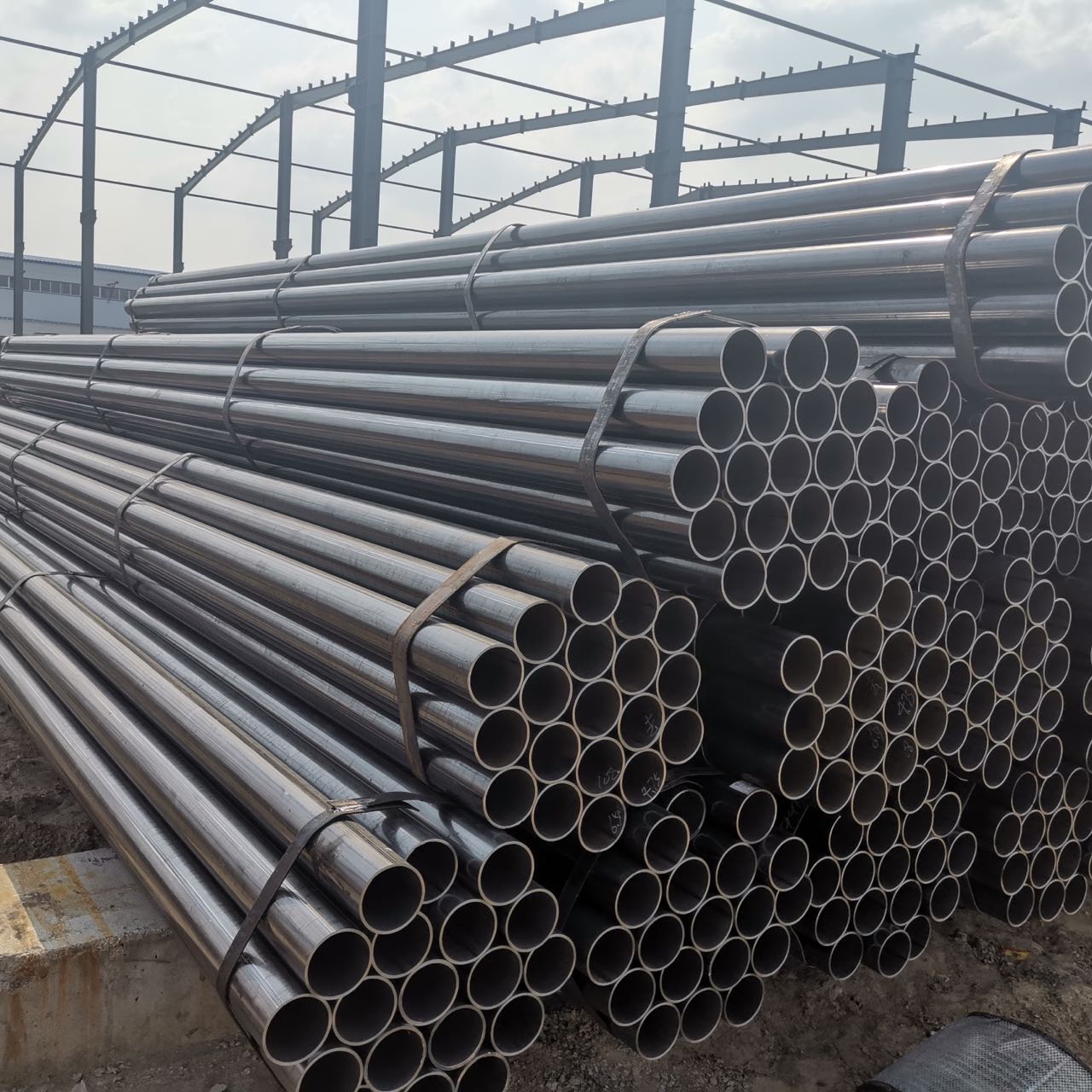
WHAT TO KNOW ABOUT FABRICATING STAINLESS STEEL
Reports indicate that as demand in the automotive and construction sectors continues to increase, we should also expect steady growth in the precision steel fabrication market over the next several years. That growth means increased demand for stainless steel as it holds the largest market share in American precision steel fabrication. To understand what makes stainless steel the most popular choice of fabricated metals, let’s review how stainless is made, what it is used for, and its potential benefits.Read more -
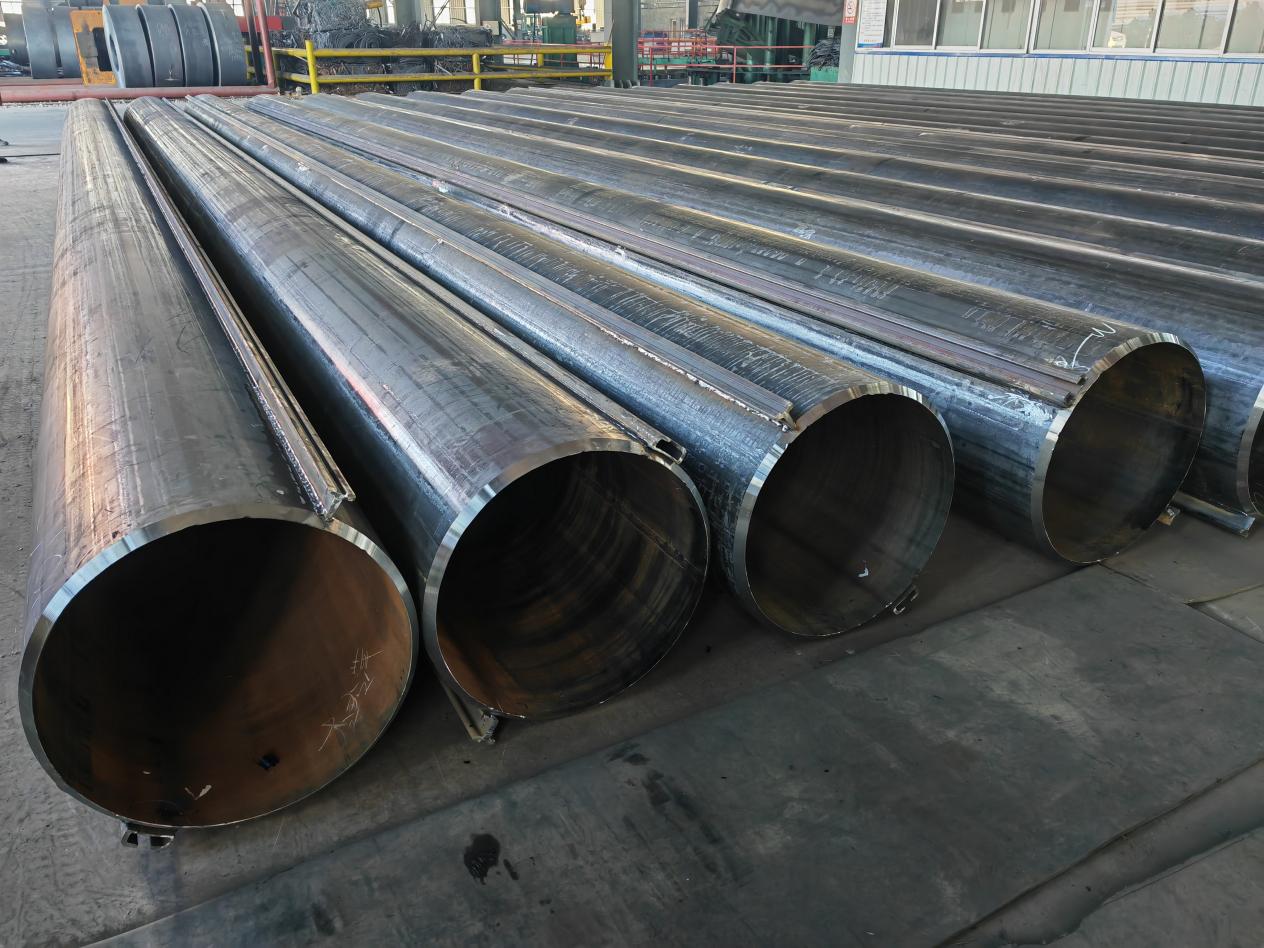
Stainless steel-Magnetic Effects of Stainless Steels
Wrought, austenitic stainless steels, such as 304 and 316, are generally regarded as non-magnetic in the annealed condition, i.e. they are not attracted significantly by a magnet. However, if they are cold worked they will be attracted to a permanent magnet. The change occurs because the cold work deformation induces a transformation of the microstructure from austenite to martensite. The effect is less marked in alloys with high concentrations of austenite stabilisers such as nickel, nitrogen and carbon. Once the martensite is formed, it may also become magnetised sufficiently to pick-up light objects such as paper clips.Magnetic attraction effects are most often noticed in heavily cold worked fabrications such as wire or the dished end of a pressure vessel. It is possible to remove the magnetic effects by solution annealing and water quenching but this will also reduce the tensile properties and may give rise to distortion.Read more -
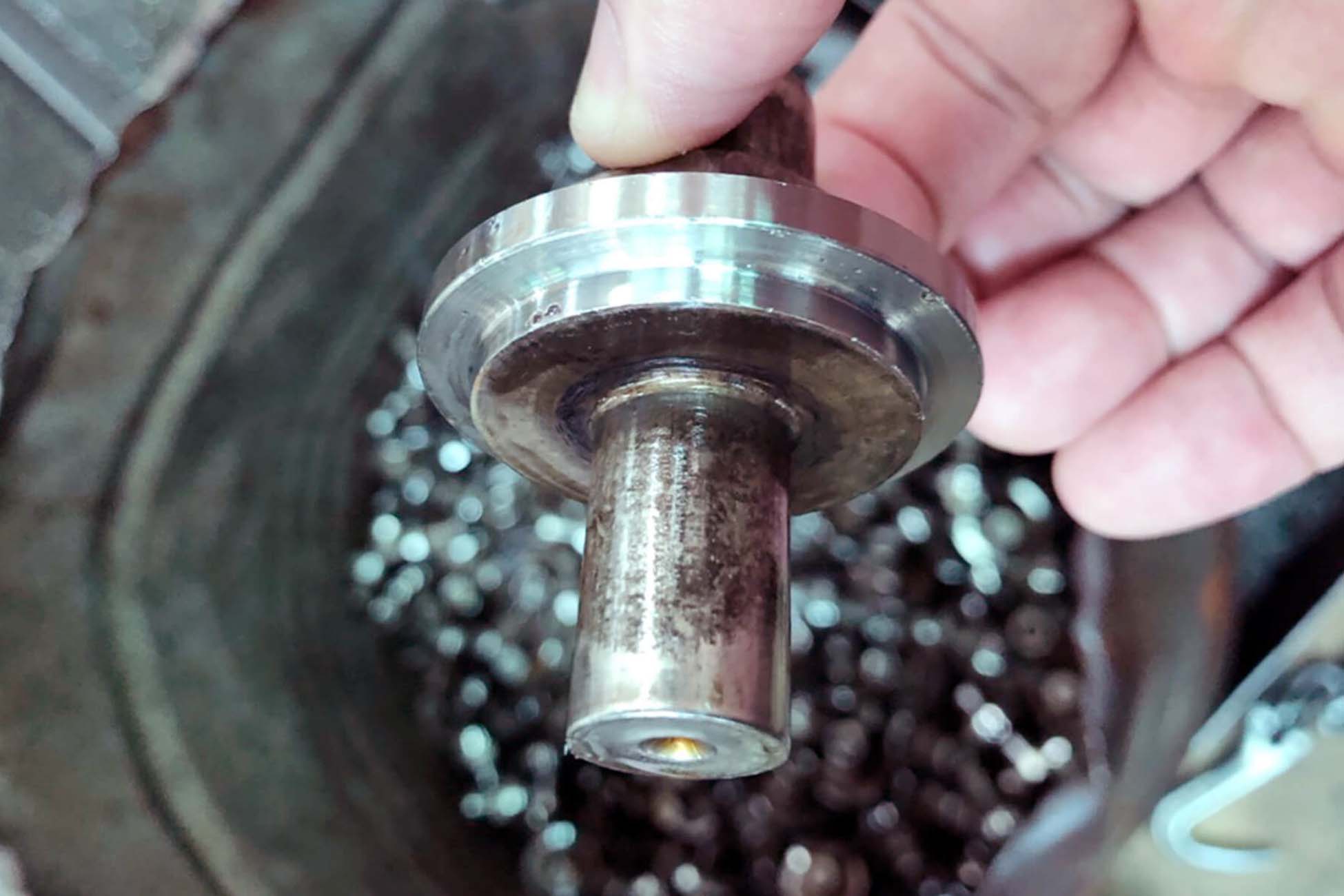
Different Types of Stainless Steel
When people use the term “stainless steel,” they often use it as a “catchall” term, but in reality, there are several different types of stainless steel with a variety of uses.Stainless steel is an alloy that is produced by combining a variety of different base metals to create a new material. Like with other alloys, the final product is considerably stronger than each of the source materials would be on their own.Read more